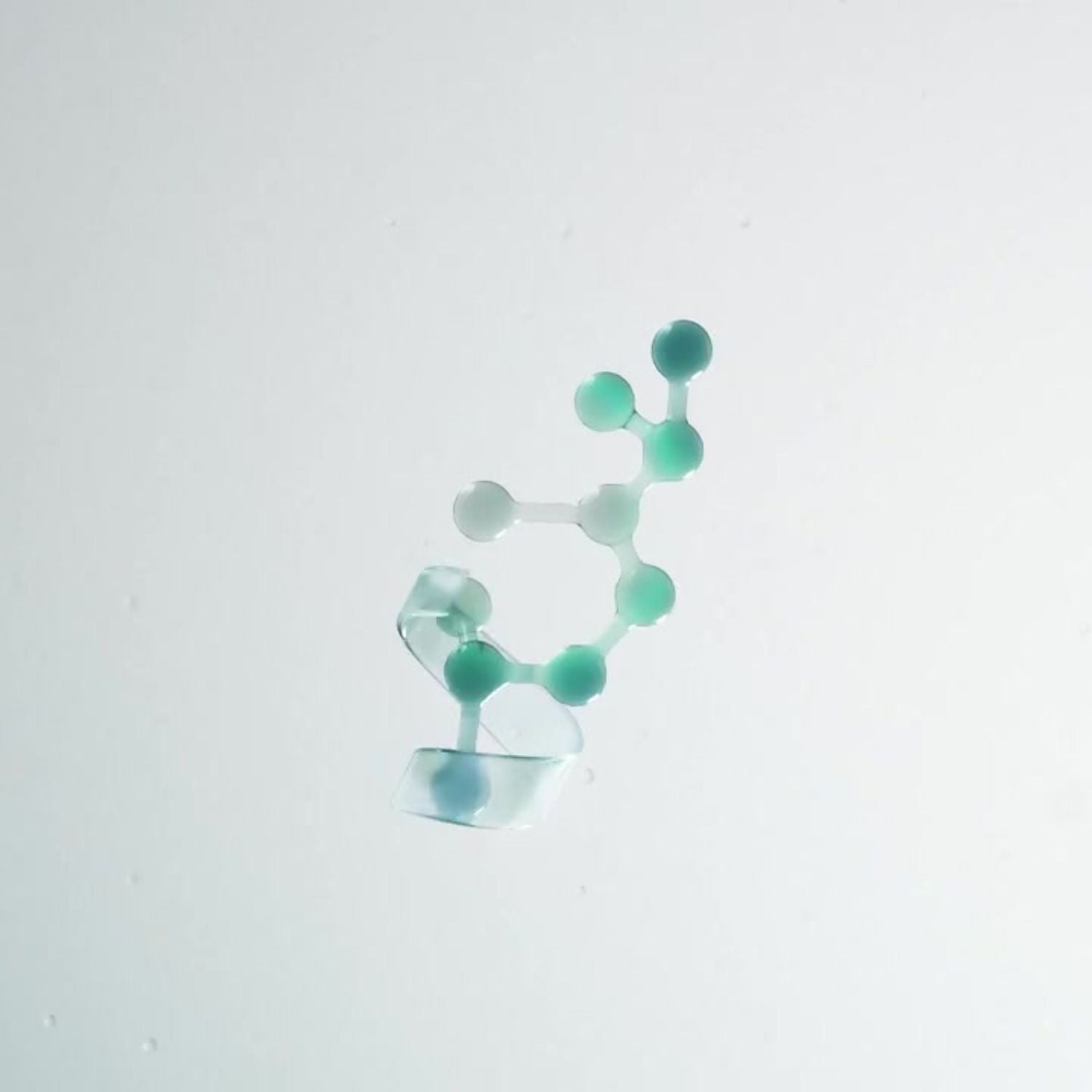Most skin care focuses on what you can see: wrinkles, texture changes, and hyperpigmentation. Yet, a new class of skin care is changing the focus from surface-level fixes to protecting vital skin function.
That’s exactly where senotherapeutics come in. By changing the behaviors of aging cells and the tissues they support, these therapies are redefining what skin longevity means. With the FDA greenlighting Rubedo Life Sciences’ RLS-1496 for human trials, senotherapeutic science just took a major leap forward—one that validates the type of pioneering research behind the OS-01 Peptide™, the first senotherapeutic peptide proven to reverse skin’s biological age.[1,2]
What are Senotherapeutics?
Senotherapeutics are treatments that target one of the root drivers of aging—cellular senescence—by either selectively removing senescent cells or reprogramming them to reduce their harmful effects. These damaged cells lose their ability to naturally reproduce or undergo the natural cell death pathways, such as apoptosis, causing them to accumulate in tissues as you age, including the skin.[3] When they linger, they release damaging inflammatory signals called SASP that induce neighboring cells into senescence, which accelerates the aging process.
Senotherapeutics can be classified into two categories depending on how they reduce senescence:
-
Senolytics: These compounds directly eliminate senescent cells, often by inducing them to undergo programmed cell death.[4]
-
Senomorphics: Instead of killing senescent cells, senomorphics can alter their behavior, often by blocking SASP release or preventing pre-senescent cells from entering a fully senescent state.[4]
While both reduce overall levels of senescent cells, senolytics may have off-target effects, reducing the number of healthy cells as well by “missing” the senescent cells.
Why Are Senotherapeutics So Important?
Senescent cells aren't passive. In fact, they have a relatively high rate of metabolic activity. This is because they devote significant amounts of cellular resources to producing a blend of inflammatory molecules, known as SASP, meant to alert your immune system to their presence.[5,6] Yet, as your immune system slows with age, it struggles to keep up and clear the senescent cells away, leading these cells to accumulate. This creates an inflammatory milieu that disrupts healthy cell function, slows repair, breaks down structural proteins, and induces neighboring cells into senescence.[7]
This is why senotherapeutics can be so effective at maintaining healthy skin function with age. By reducing the cellular stressors that drive senescent cell accumulation, they give your body time to catch up, helping restore balance within the skin’s microenvironment, supporting stronger skin, efficient repair, and long-term skin health.
How is RLS-1496 Different From the OS-01 Peptide™?
Both RLS-1496 and the OS-01 Peptide™ work in skin cells by reducing senescent cell levels. But the exact mechanisms differ quite significantly.
RLS-1496
RLS-1496 is a small molecule designed to selectively encourage cell death in senescent cells, making it a senolytic. This therapy exploits a key vulnerability of senescent cells: their reliance on GPX4 to prevent ferroptosis, an iron-regulated form of cell death driven by damage to the cellular membrane.[1]
By acting as a GPX4 modulator, RLS-1496 could trigger ferroptosis in senescent cells while sparing healthy ones. However, because GPX4 is also essential for the survival of healthy cells, senolytics that modulate this pathway must be carefully designed to avoid off-target effects.
The company behind RLS-1496, Rubedo Life Sciences, is currently performing human trials for the treatment of skin concerns associated with inflammation and cellular senescence:[1]
-
Actinic keratosis
-
Plaque psoriasis
-
Atopic dermatitis
-
Photoaged skin
If the molecule proves to be safe and effective, Rubedo Life Sciences wants to expand its research into the effects of RLS-1496 on systemic/chronic conditions since senescence is a process that occurs throughout the body.[1]
OS-01
The OS-01 Peptide™ reduces the senescent burden on skin by preventing early-stage senescent cells from entering late-stage senescence, therefore reducing SASP and effectively slowing the accumulation of these cells. Because it does not induce cell death, OS-01 can reduce senescent cell levels by up to 50% while maintaining the total healthy cell count, making it a more gentle approach compared to senolytic alternatives.[8]
By slowing the spread of senescence, the OS-01 Peptide™ gives your immune system time to catch up and clear existing senescent cells. This creates a healthier environment for new, functional cells to thrive—supporting collagen and hyaluronic acid production, strengthening the skin barrier, and improving hydration.[2,8]
Why RLS-1496’s FDA Clearance Matters to OS-01
The FDA’s clearance of RLS-1496 for clinical testing reinforces that targeting cellular senescence is an increasingly validated path to improving skin health. Should these trials succeed, senotherapeutics may unlock even wider potential across the longevity field, since senescence drives aging in tissues throughout the body. The future of longevity is looking increasingly bright—and we’re proud to have been early pioneers in bringing senotherapeutics to skin health with our research that started a decade ago.
Key Takeaways
- RLS-1496’s approval for human trials confirms that senescence-focused therapies are clinically meaningful for skin health.
- Instead of treating symptoms, senotherapeutics intervene at the cellular level to reduce the dysfunctional cells that drive skin aging .
- Senescent cells accelerate aging by continuously releasing inflammatory signals that damage surrounding tissue.
- Senotherapeutics either kill senescent cells (senolytics) or reprogram them to reduce their harmful effects(senomorphics).
- RLS-1496 acts as a senolytic by exploiting senescent cells’ GPX4 vulnerability to trigger ferroptosis.
- OS-01 reduces senescent burden by preventing the release of SASP, slowing the spread of senescence and promoting an environment for healthy cells to thrive.
References
- https://longevity.technology/news/rubedo-gains-fda-clearance-for-senotherapeutic-trial/
- https://www.nature.com/articles/s41514-023-00109-1
- https://www.ncbi.nlm.nih.gov/books/NBK10041/
- https://pmc.ncbi.nlm.nih.gov/articles/PMC9622307/
- https://pmc.ncbi.nlm.nih.gov/articles/PMC4911819/
- https://pubmed.ncbi.nlm.nih.gov/33262144/
- https://pmc.ncbi.nlm.nih.gov/articles/PMC3488292/
- https://onlinelibrary.wiley.com/doi/full/10.1111/jocd.16242



